Full/Part Circle Irrigation Sprinkler Suppliers
Products
DC-M78F
|
Pressure |
2.0~3.0Bar |
|
Radius |
3.5~4.5m |
|
Flux |
100~200L/H |
|
Nozzle Sise |
2mm、1.8mm、 |
|
Connector Size |
Ø6.0mm,Ø7.5mm |
-
1. What kind of punching capacity can meet the needs of thick paper and cardboard? When processing thick paper and cardboard, the capacity of the hole punch directly determines wor...
READ MORE -
Spraying Coverage Needs Precision: How to Achieve Adjustable and Uniform Irrigation? For courtyard owners with different planting areas and plant types, the flexibility of spraying...
READ MORE -
Mid Range Irrigation Sprinkler are widely used in gardens, small farms, and green belts, balancing coverage area and water efficiency. To select a model that ensures uniform wateri...
READ MORE -
Uniform water distribution is the lifeline of crop growth—too little water stunts development, while too much leads to root rot or nutrient leaching. Agricultural plastic sprinkler...
READ MORE -
In home gardening, potted plants, and small-scale outdoor green spaces, the Adjustable Dripper With Stake has become a popular irrigation tool. It delivers water directly to the ro...
READ MORE
How to Choose Between Full/Part Circle Irrigation Sprinklers?
Choosing the right irrigation sprinkler is critical for optimizing water efficiency, crop yield, and cost savings. Among the key decisions farmers and landscapers face is whether to use full-circle or part-circle sprinklers.
Understanding Full-Circle vs. Part-Circle Sprinklers
Full-circle sprinklers deliver water in a 360-degree pattern, ideal for open fields, lawns, or crops requiring uniform coverage. They are energy-efficient for large, unobstructed areas.
Part-circle sprinklers (adjustable to 90°–270°) target specific zones, perfect for irregularly shaped plots, edges, or areas near structures. They reduce water waste by avoiding overlap or overspray.
Key Considerations for Selection
Field Shape and Size
Full-circle models suit rectangular or circular fields with minimal obstacles.
Part-circle sprinklers adapt to edges, corners, or irregular layouts.
Water Pressure and Flow Rate
Full-circle systems often require higher pressure for uniform distribution. Part-circle units may operate efficiently at lower pressures, depending on design.
Crop Type and Water Needs
Delicate crops like leafy greens benefit from gentle, full-circle patterns. Row crops or orchards may prefer targeted part-circle irrigation to avoid foliage damage.
Cost and Efficiency
While full-circle sprinklers cover more area per unit, part-circle options minimize water waste in constrained spaces. Balance upfront costs with long-term savings.
Why Trust Ningbo Dewo Irrigation Equipment?
As a 20-year veteran in designing and manufacturing precision irrigation systems, Ningbo Dewo combines innovation with practicality. Their product range includes durable full/part-circle sprinklers engineered for durability, energy efficiency, and adaptability.
Advantages of Partnering with Dewo:
R&D-Driven Solutions: Customizable sprinklers tailored to soil types, climates, and crop requirements.
Global Logistics: Strategically located near Ningbo and Shanghai ports, ensuring timely delivery worldwide.
Sustainability Focus: Products align with modern water conservation standards, reducing waste without compromising productivity.
Final Recommendations
For large-scale agriculture: Prioritize full-circle sprinklers to maximize coverage and reduce unit costs.
For landscaped areas or irregular plots: Opt for adjustable part-circle models to enhance precision.
Ningbo Dewo’s engineers emphasize conducting a site-specific evaluation, factoring in topography, infrastructure, and crop layout. "The right sprinkler isn’t just about water delivery—it’s about resource optimization," says a Dewo spokesperson.
Investing in the correct irrigation system pays dividends in yield, sustainability, and operational efficiency. With expert guidance from industry leaders like Ningbo Dewo Irrigation Equipment Co., Ltd., users can navigate the full/part-circle decision confidently.


 Search for...
Search for... English
English Español
Español 中文简体
中文简体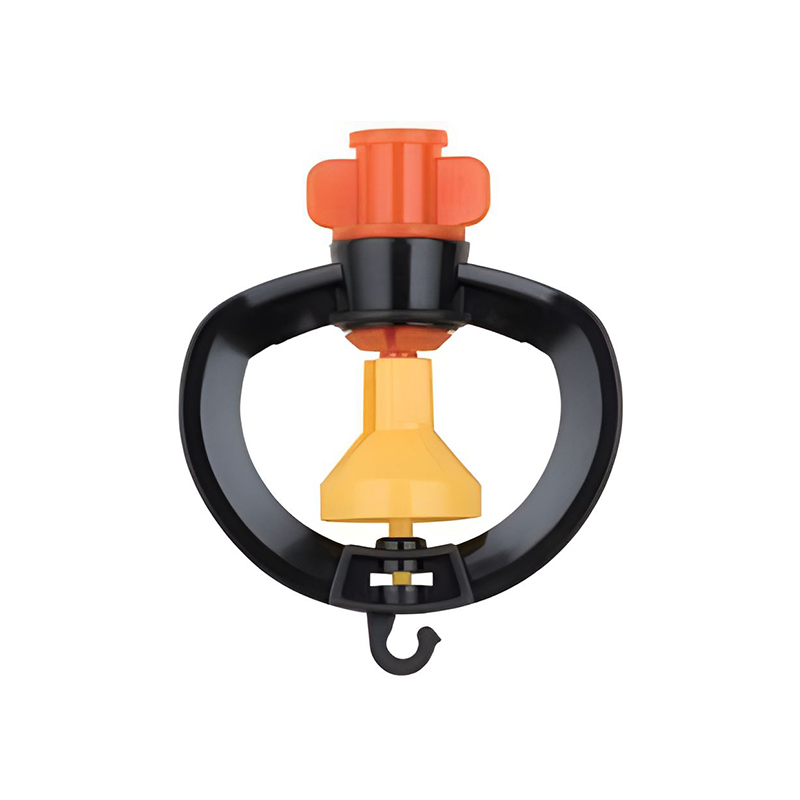
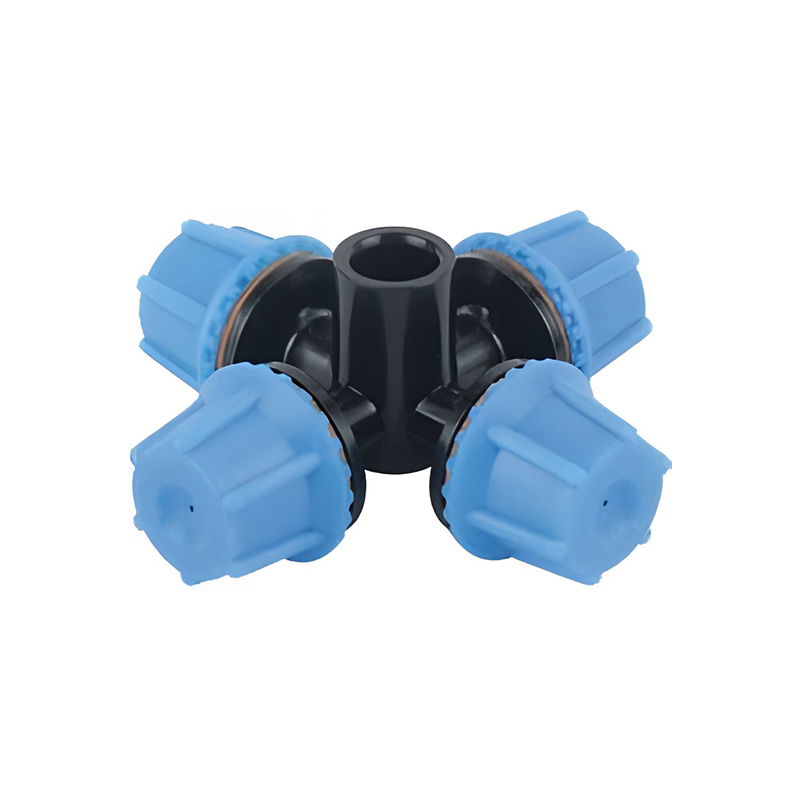
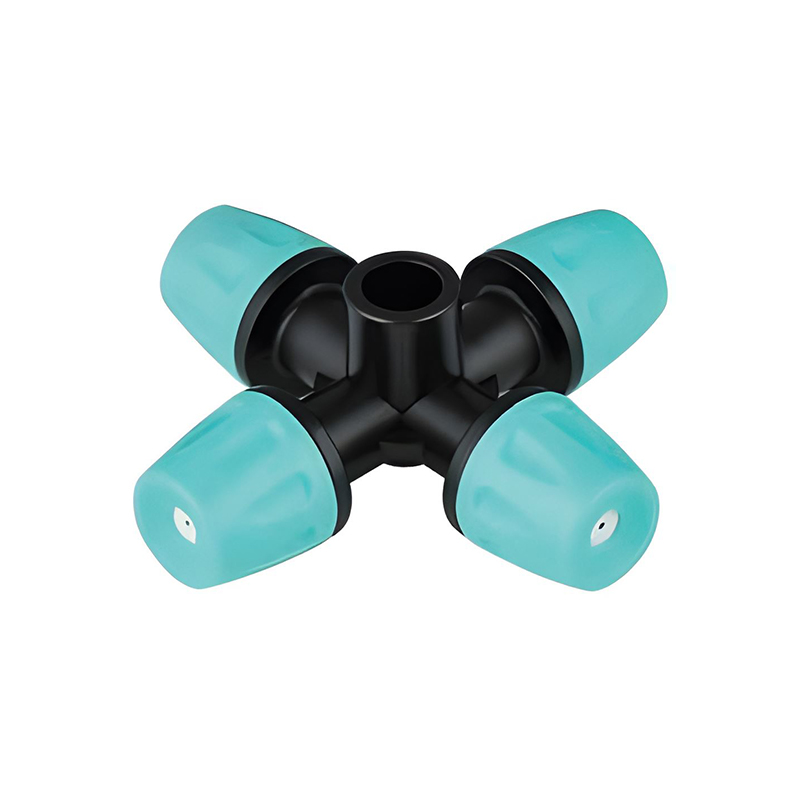
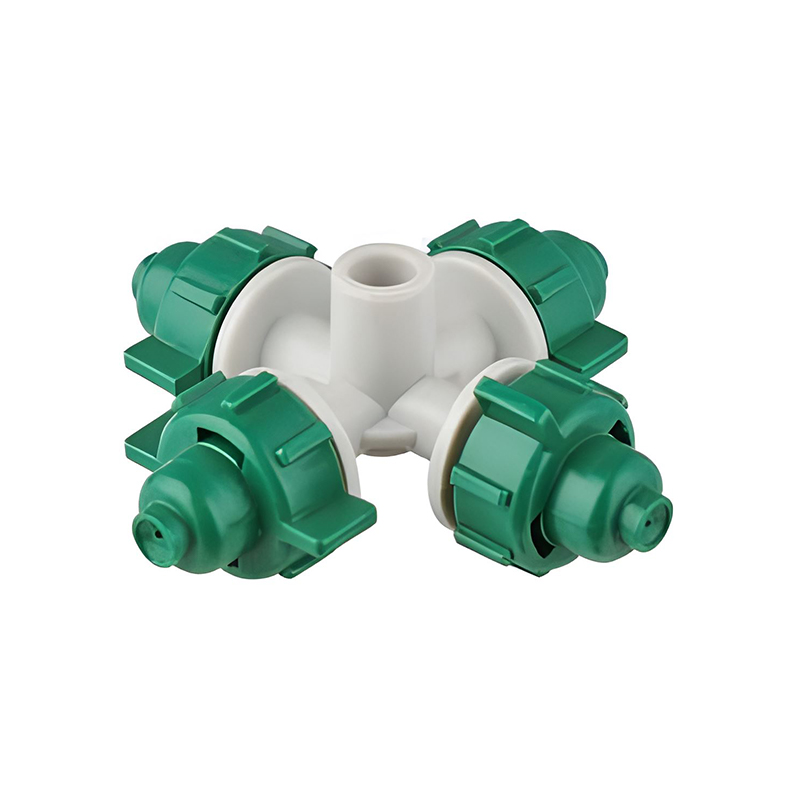
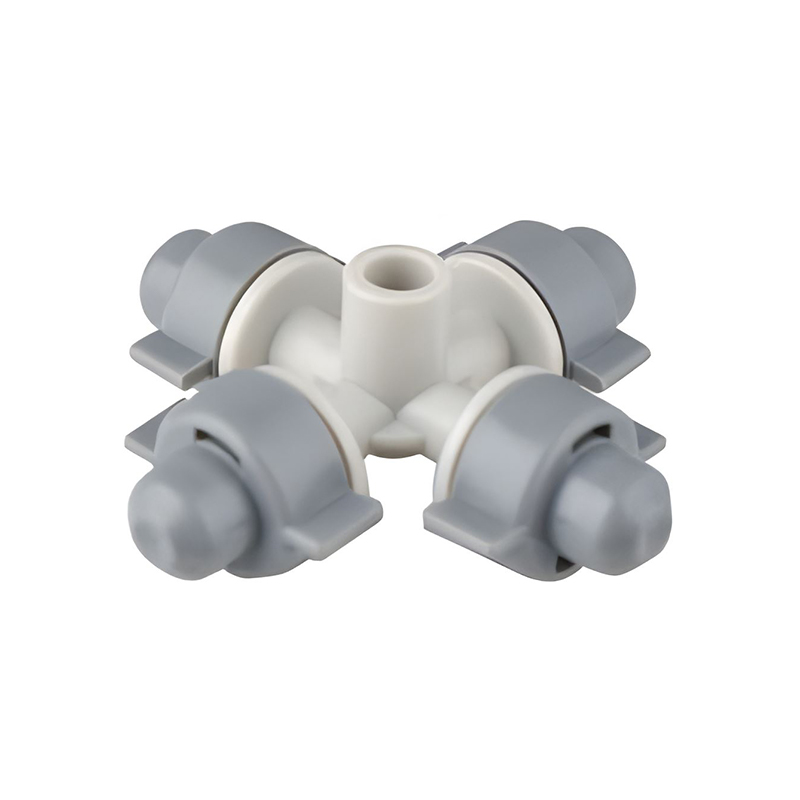
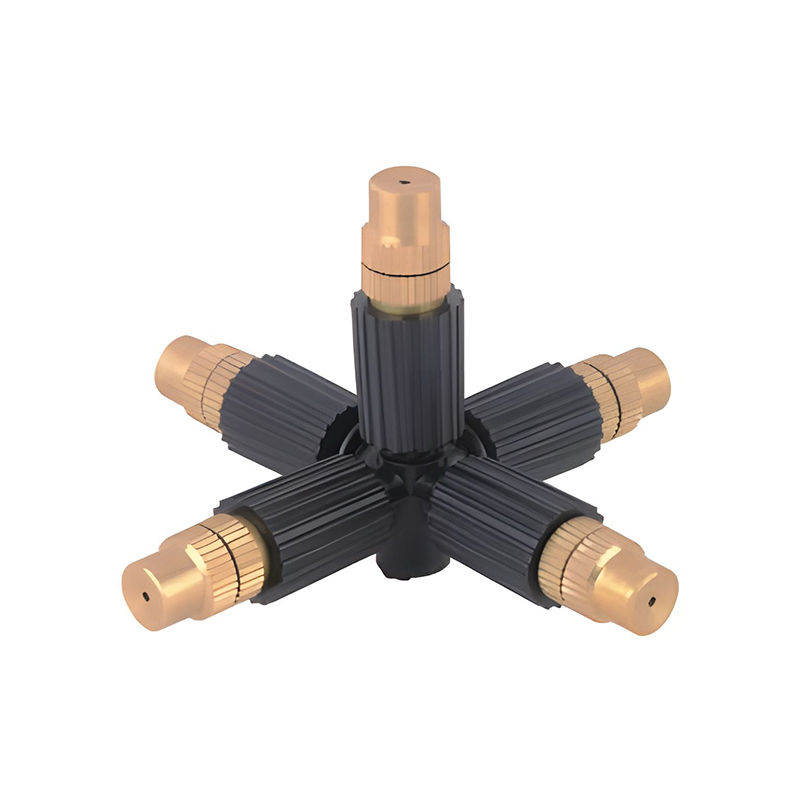
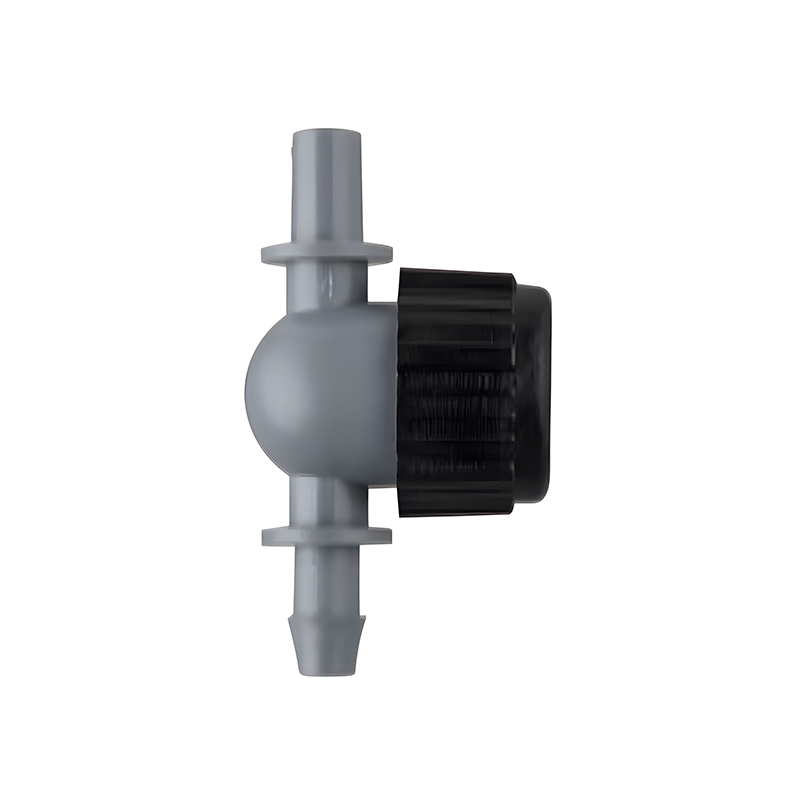
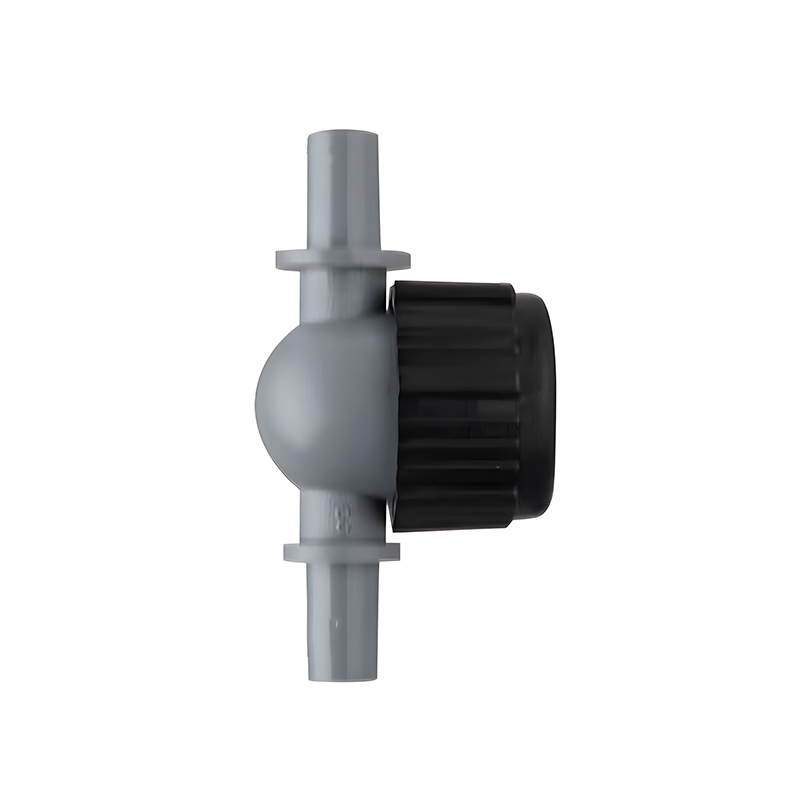
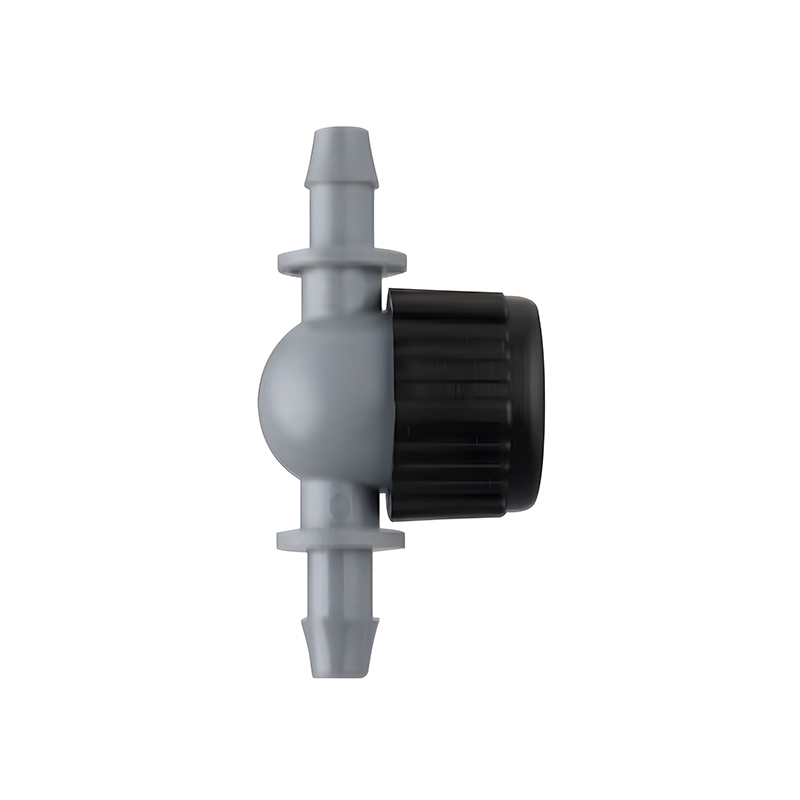
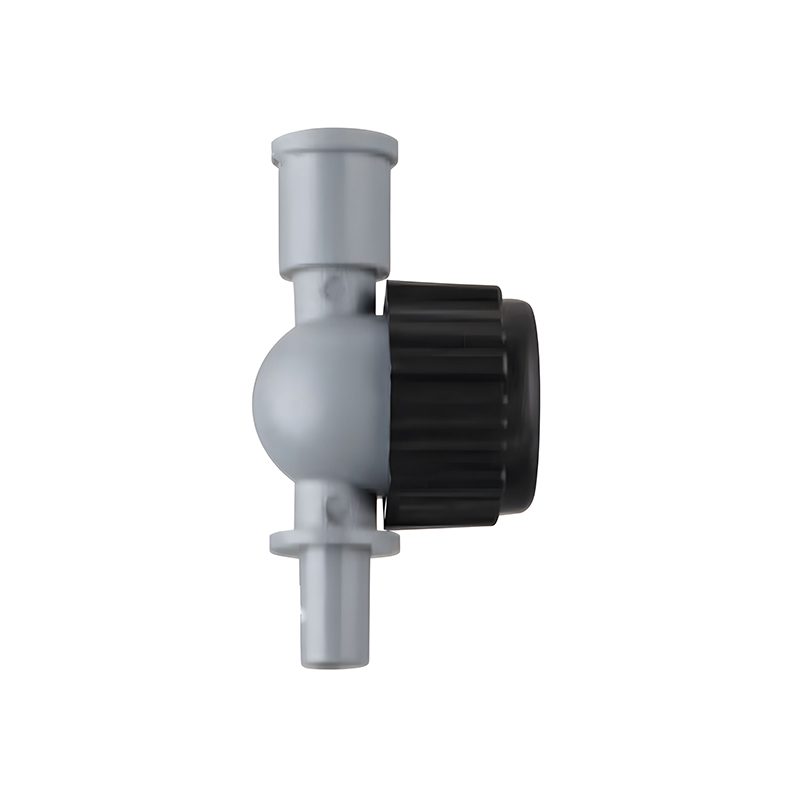
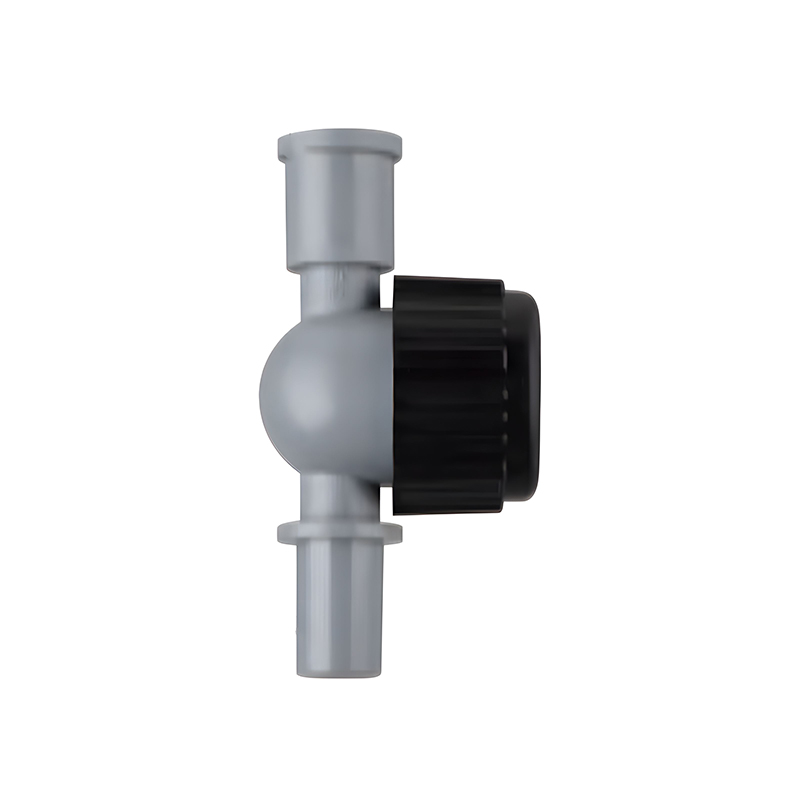
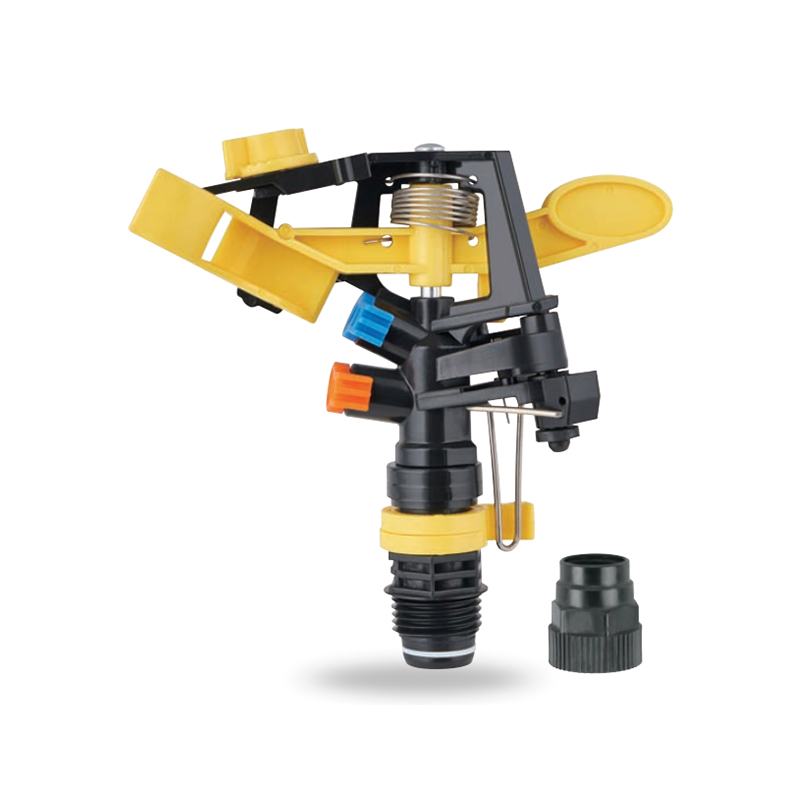
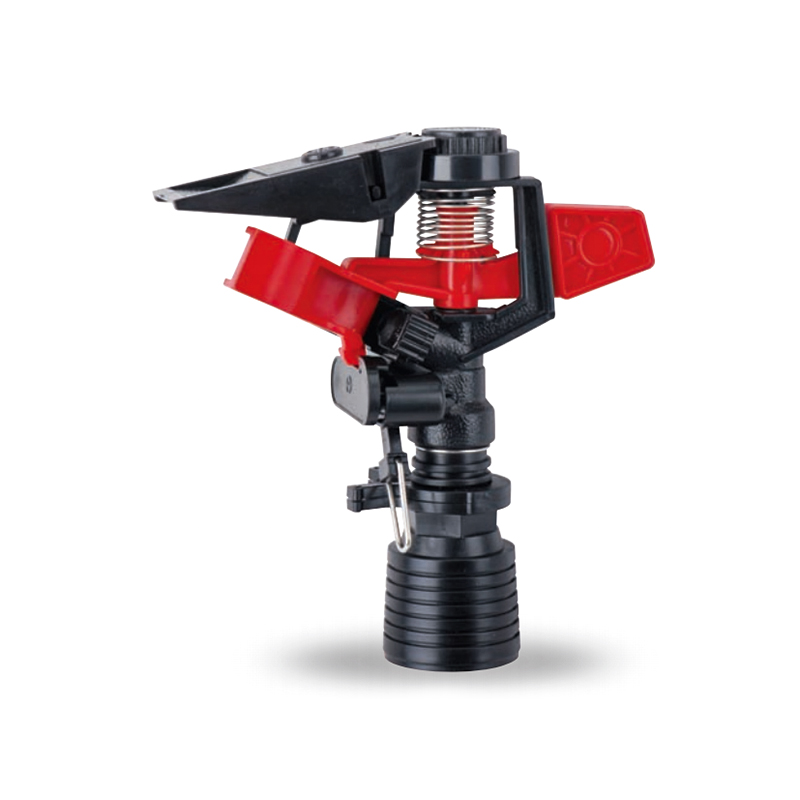
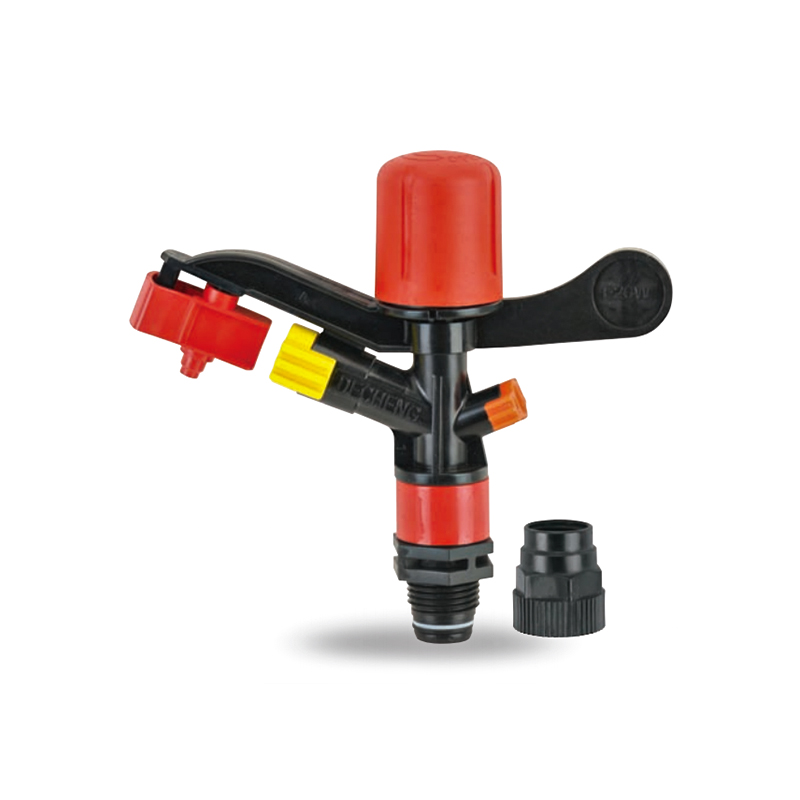
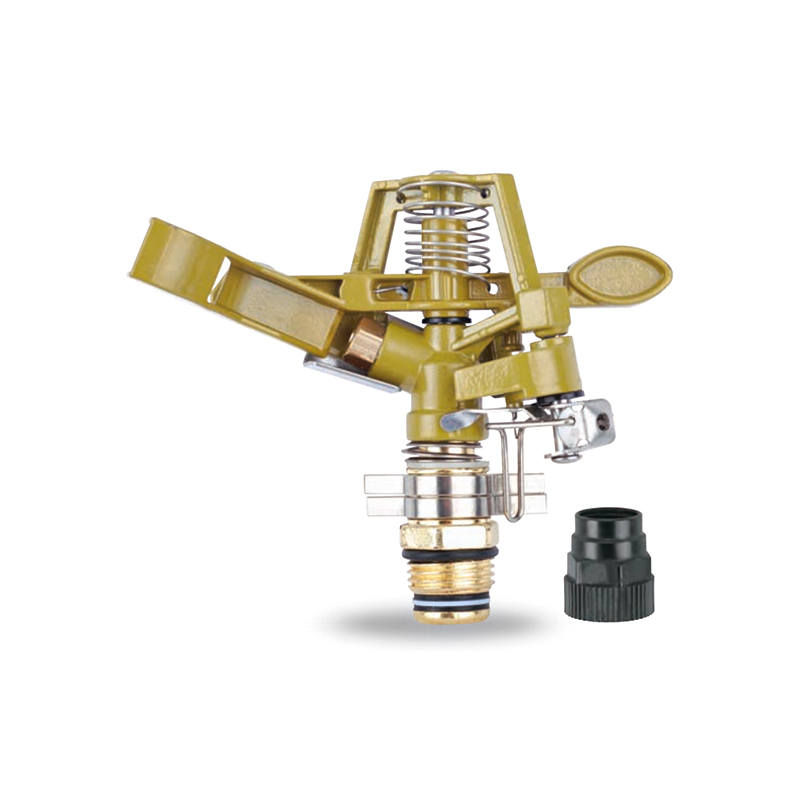
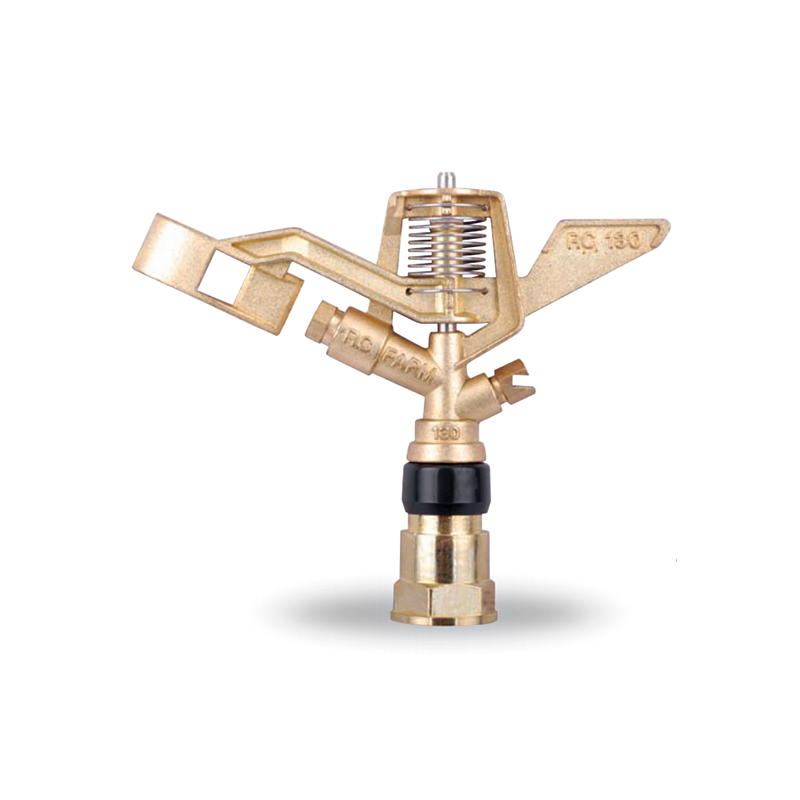
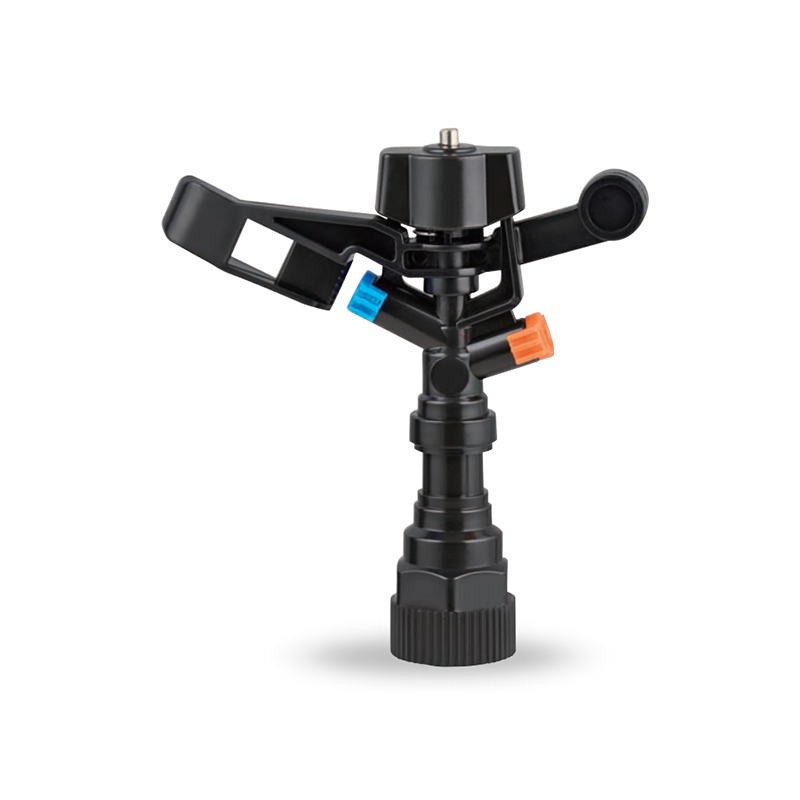



 No.518, Ruihao Road, Lizhou Street, Yuyao City, Zhejiang Province, China
No.518, Ruihao Road, Lizhou Street, Yuyao City, Zhejiang Province, China +86-13105554615 / +86-18005843886
+86-13105554615 / +86-18005843886 decheng@dcssq.com fredzhu@dcssq.com
decheng@dcssq.com fredzhu@dcssq.com

